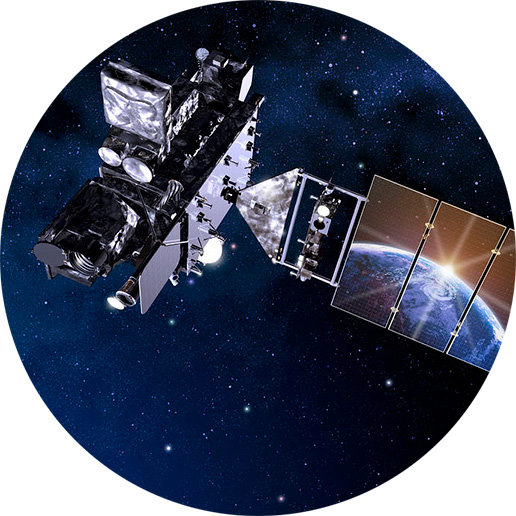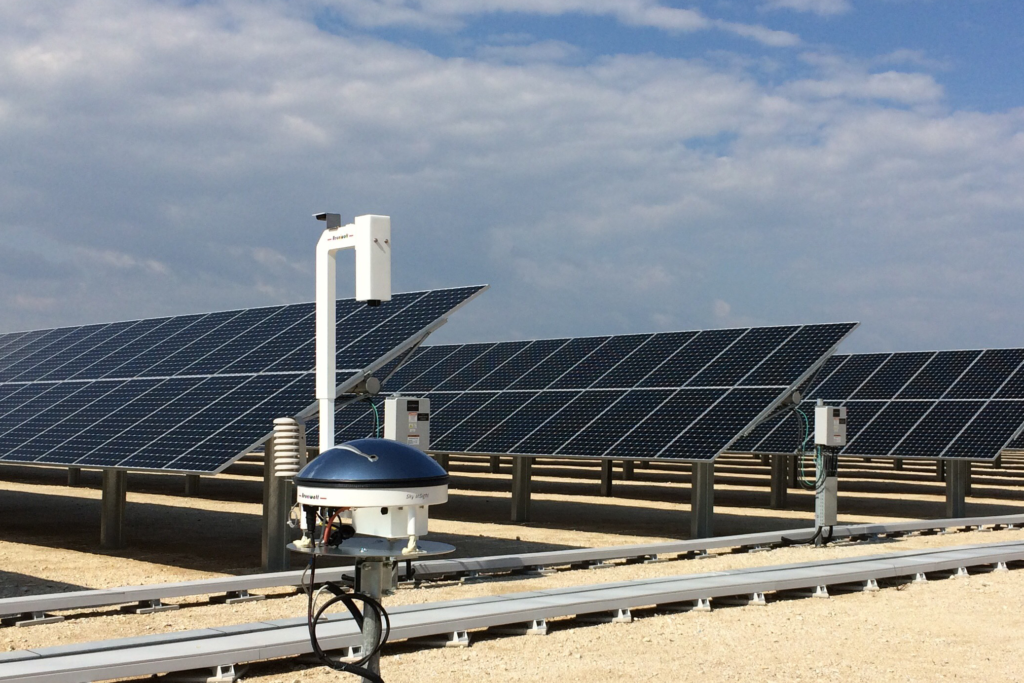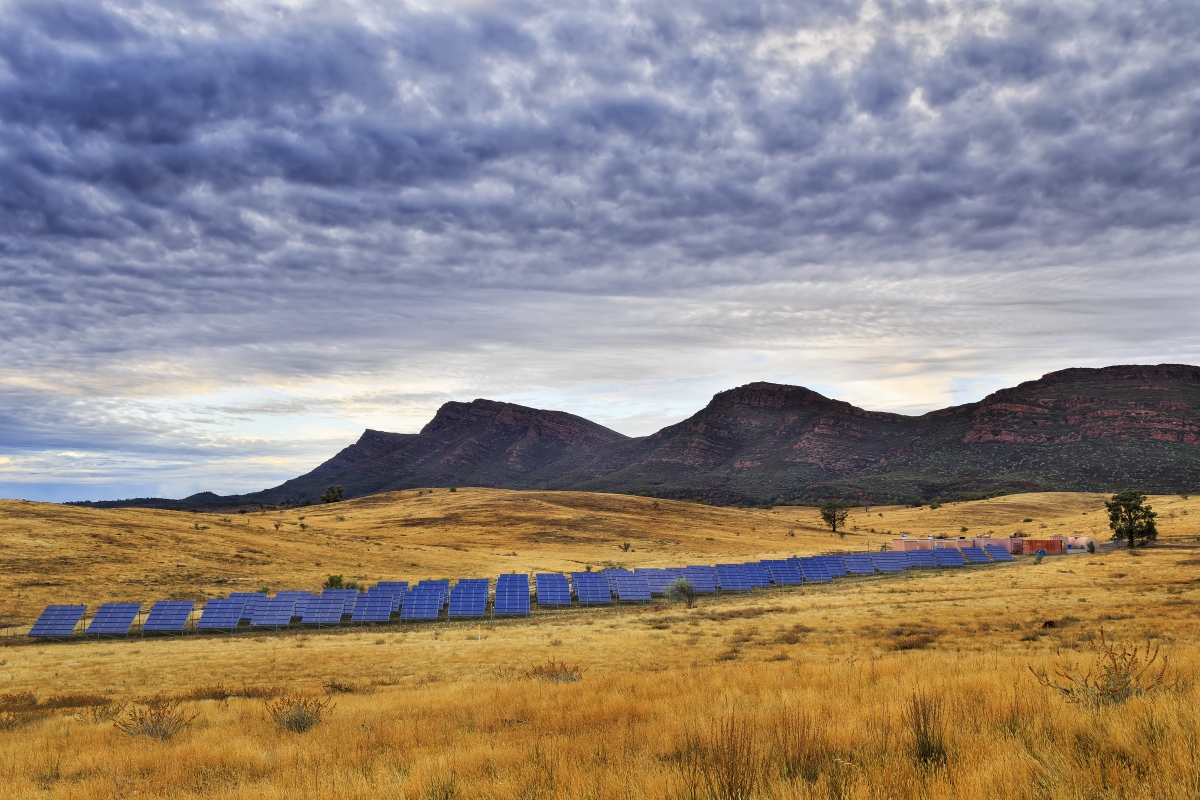InstaCast™ provides ultra high resolution intra-hour solar forecasts. In order to anticipate local events in the forthcoming minutes, on-site images of the sky are the most valuable source of information. InstaCast™ processes those images to precisely and reliably forecast solar production, and deliver it in a convenient way.
1-minute updates of the forecasts
1-minute updates of the forecasts
With rapid forecast updates down to 1 minute, InstaCast™ offers unmatched short-term prediction of cloud events and solar production drops.
Easy interfacing with a plant's control system
Easy interfacing with a plant's control system
InstaCast™ has a proven compatibility with major energy management & power control solutions from the market.
100% offline mode for remote sites
100% offline mode for remote sites
An embedded version of InstaCast™ integrated within Reuniwatt’s sky imagers enables it to be used for microgrid projects in off-grid sites.
Methodology

Sky image acquisition
Local images of the sky are acquired at a high frequency (1 min or less), as well as local weather measurements. Since the quality of this input data influences the accuracy of the intra-hour solar forecasts, Reuniwatt decided to design and build its own imagers, including the Sky InSight™, after testing various sky-imaging systems available on the market since 2011.
Irradiance & production forecast
Image processing methods are applied to distinguish the clouds from the sky and sun glares. A geometric calibration of the image permits a projection of the clouds and their cast shadows within the solar plant’s environment. Irradiance and production forecasts are derived from it. Besides, machine learning post-processing enables the forecasts to adapt to each site.
Formatting & transmission
Once computed, forecasts are formatted in a convenient way to be integrated in the plant’s management system, for an improved control of the plant. Reuniwatt’s InstaCast™ solution has a proven compatibility with major energy management & power control system providers. Last but not least, the intra-hour solar forecasts can be delivered locally in an embedded mode, or through the Internet.


